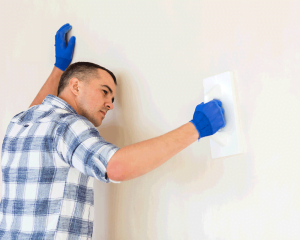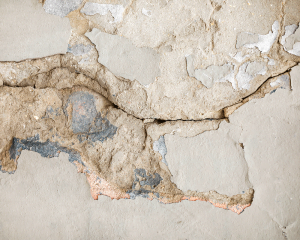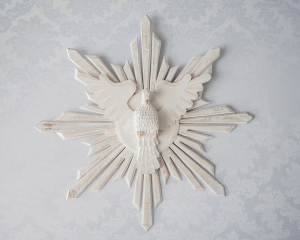All purpose joint compound uses
Joint compound, also known as drywall compound, drywall mud, joint cement, or ready to use jointing compound. It’s a versatile material used in the drywall industry to create a seamless base for paint on walls and ceilings. It’s a white powder of primarily gypsum dust mixed with water to form a paste the consistency of cake frosting. which is spread onto drywall and sanded after dry. Premixed compound’s used to finish gypsum panel joints filled with paper or fiber joint tape, corner bead, trim and fasteners. and to skim coat. It is also convenient for patching holes, bumps, tears, and other minor damage to existing walls.
All purpose joint compound variable uses
Finishing Drywall: Joint compound is primarily used to finish gypsum panel joints. Which filled with paper or fiber joint tape, corner bead, trim and fasteners, and to skim coat. When used for new walls, joint compound effectively eliminates blemishes from the surface of drywall. such as fasteners, damage, or drywall tape.


Repairing Holes and Cracks: Joint compound can be used to repair holes and cracks in drywall and plaster. It’s ideal for filling small holes and cracks, and it can be sanded and painted over once it has dried.
Texturing Walls: ready to use jointing compound can be used to create a variety of textures on walls. including knockdown, orange peel, and popcorn. It can be applied with a trowel or sprayer, and it can be painted over once it has dried.
Creating Artwork: Multi purpose joint compound can be used as a medium for creating artwork on walls. It can be sculpted and molded into a variety of shapes and textures. And it can be painted over once it has dried.

In conclusion, joint compound is a versatile material that can be used for variety of purposes in the drywall industry. It is available in different types, each with its own unique properties and uses. Joint compound is primarily used to finish gypsum panel joints. But it can also be used for repairing holes and cracks, texturing walls, and creating artwork.
Applying all purpose joint compound tips
Here are some tips for applying Multi purpose joint compound for a smooth finish.
Use the right type of joint compound for the job. All-purpose compound is a good choice for coating the first three layers over drywall joints. while topping compound is ideal for the final coat over taped and finished joints.
Mix the joint compound thoroughly before use. If using a premixed compound, stir it well to ensure that it is smooth and free of lumps. If using a powder, mix it with water according to the manufacturer’s instructions.
Apply the joint compound in thin layers. Thicker layers are more likely to crack and take longer to dry. Apply the first coat of joint compound with a 6-inch taping knife, and subsequent coats with wider knives.
Smooth out the joint compound as you go. Use a taping knife to smooth out any ridges or bumps in the joint compound before it dries. This will make sanding easier and help you achieve a smooth finish.
Sand the joint compound between coats. Use a fine-grit sandpaper to sand the joint compound between coats. This will help to remove any bumps or ridges and create a smooth surface for next coat of joint compound.
Use setting compound for larger repairs. Setting compound shrinks less than regular joint compound. And dries rock hard, making it ideal for filling big holes and gaps. However, it doesn’t sand as easily as joint compound, so thinner coats are better.
Shave off lumps and sags in setting compound with your taping knife when the compound firms up a bit. to about the consistency of bar soap.
By following these tips, you can achieve a smooth finish when applying joint compound.
